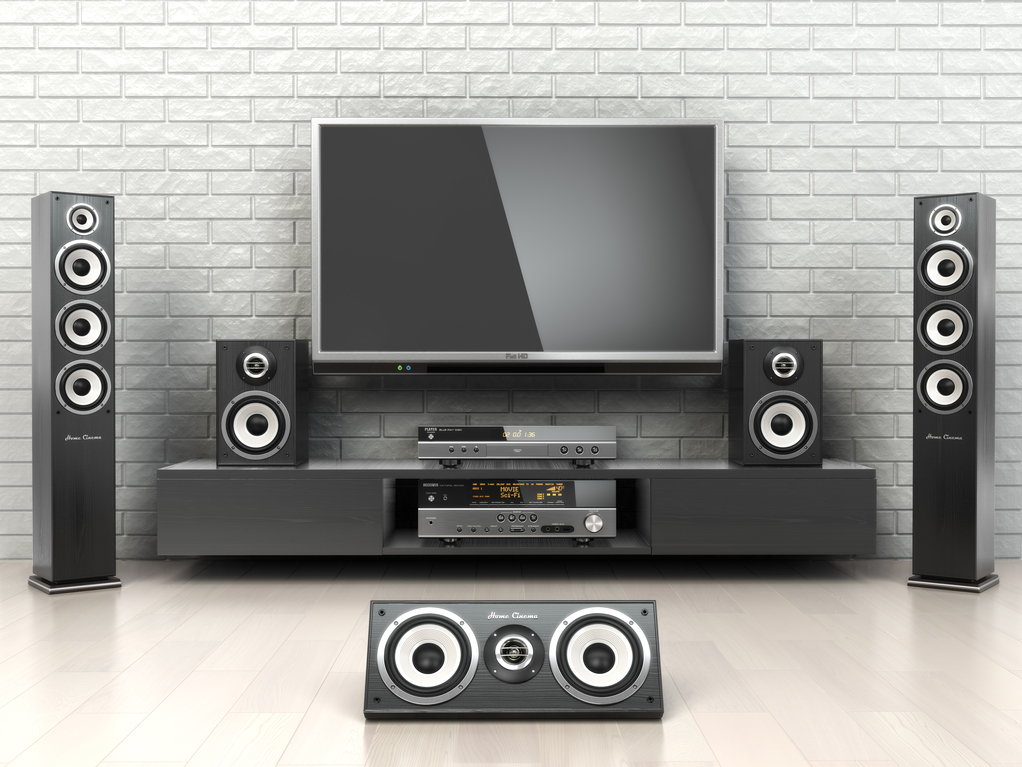Audio MIDI Setup User Guide
You can configure external speakers connected to your audio device for stereo or multichannel output, such as surround sound.
Boom 3D: The Best System-wide Volume Booster with 3D Surround Sound Boom 3D is a system-wide volume booster and equalizer for Mac that delivers an unbelievably realistic and immersive listening experience with its magical 3D Surround Sound and futuristic technology. It automagically boosts all audio and creates the perfect sound profile for. Mac OS X on it's own can not dynamically generate and output surround sound through the SPDIF port as it only knows it as a two-channel output device. Other equipment, for instance the PS3, can do realtime Dolby Digital encoding so games and other software can generate AC3 multichannel output in realtime - it doesn't need to be pre-recorded. You can play sound through your computer’s internal speakers, your display’s speakers (if it has speakers), or through speakers, headphones, or other equipment plugged into your Mac or available wirelessly through AirPlay. On your Mac, choose Apple menu.
Best Wireless Surround Sound System
Note: Before you configure the speakers, connect them to your audio devices. Make sure your audio devices have any required software installed, are connected to your Mac, and are turned on.
In the Audio MIDI Setup app on your Mac, select an audio output device in the list, then click Configure Speakers.
If your output device has multiple streams, they’re listed at the top of the window.
To change how you view the speaker configuration, click View, then choose a view. For Isometric or Side view, you can drag the 3D view to rotate it 360 degrees.
Click the Configuration pop-up menu, then choose a configuration, such as Stereo or 5.1 Surround.
If you have five front speakers and two rear speakers, choose 7.1 Surround. If you have three front speakers and four rear speakers, choose 7.1 Rear Surround.
For each speaker in the list, click the Channel pop-up menu, then choose a channel to assign to the speaker.
You can click a speaker in the 3D view to highlight it in the list.
Tip: If your output device has multiple streams offering multiple channels, it may be difficult to find the channel you want in the pop-up menu. At the top of the window, you can deselect the checkbox for each stream you don’t want to use, so their channels aren’t shown in the pop-up menu.
To hear a speaker’s test tone, click its Speaker button .
For surround-sound configurations, the test tone for each speaker should be the same volume when heard from the listener’s vantage point.
You can adjust the volume for each speaker channel in the Audio Devices window.
Click Apply to save your configuration and apply it to the speakers.
Some macOS apps render audio output in stereo while others use multichannel, depending on the media content. You may want to set up your speakers for both configurations to customize your audio experience when using apps.
Perad

Surround Sound For Mac Os X
- Joined
- Jul 17, 2007
- Messages
- 68
- Reaction score
- 0
- Points
- 6
- Your Mac's Specs
- iMac 20' 2.16
Best Buy Surround Sound Systems
I have a laptop. Some old Dell. I also have an iMac. I am looking for something that will give me surround sound. I have a logitech 5.1 surround system.
It has 3 headphone Jacks on it. A green one, a black one and a peach one.
My iMac has the default ports. Its a white iMac and is 2-3 years old. My Dell Laptop has a headphone Jack and usb jacks.
Would something like this do the trick?
Griffin Technology: FireWave - Surround Sound for Mac
If not, can anyone recommend anything else? On my laptop I need all 5 speakers firing. I don't care if it has the true surround sound effect, its for music. On my Mac I would like surround sound on my movies.
